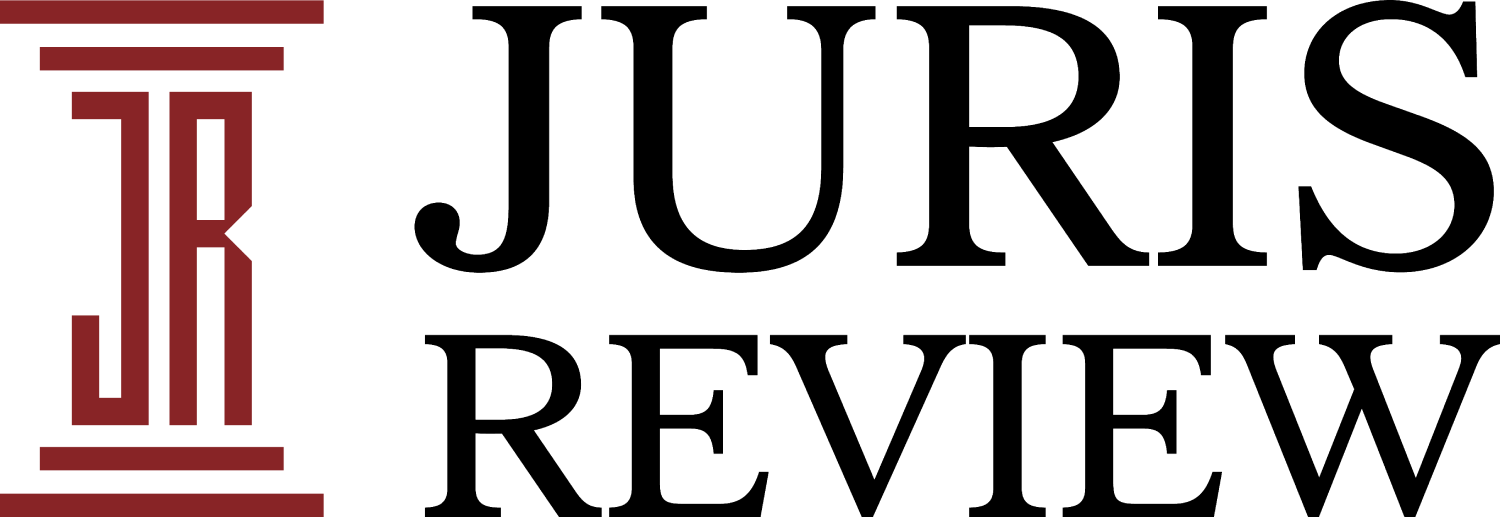A rising wave of reverse-discrimination lawsuits is unfolding across the United States as companies scale back or eliminate their Diversity, Equity, and Inclusion (DEI) programs in response to changing federal policy. A recent legal advisory bulletin underscored this trend, marking the emergence of a new phase in employment litigation where majority-group employees allege unfair treatment linked to equity reforms or the rollback of DEI initiatives.
One case drawing attention involves Zena Washington, a long-time employee of IBM. Washington, who had spent 26 years at the company, alleges that she was let go during a reduction-in-force and replaced by a less-qualified Asian colleague. She claims the decision was not based solely on business needs but was influenced by IBM’s response to evolving federal directives that discourage explicit DEI practices. Washington’s lawsuit frames her dismissal as a case of reverse-discrimination—where the emphasis on diversity and equity, or the attempt to scale it back, leads to unjust treatment of those outside historically underrepresented groups.
This case is not isolated. Across multiple industries, employees are beginning to challenge personnel decisions and organizational restructuring that they believe are motivated, at least in part, by race or gender considerations tied to outdated or evolving DEI standards. Legal analysts have noted that such lawsuits have gained traction following a landmark Supreme Court ruling earlier this year that lowered the legal threshold for proving reverse-discrimination claims under Title VII of the Civil Rights Act. The Court clarified that majority-group plaintiffs are not required to meet a higher standard of proof to demonstrate they were treated differently because of their race or gender.
These legal shifts come amid broader political and regulatory changes at the federal level. In 2024 and 2025, several federal agencies, including the Department of Labor and the Office of Federal Contract Compliance Programs, issued revised guidance indicating a more constrained interpretation of race-conscious or gender-conscious programs in employment and contracting. Executive orders and agency memos have signaled that while inclusion and fairness remain priorities, any DEI practice that resembles preferential treatment based on race or gender may face scrutiny or even sanction. This has placed many employers in a difficult position—attempting to maintain inclusive workplace environments while avoiding the legal exposure that could arise from how such initiatives are structured or interpreted.
The rollback of formal DEI programs has created an additional layer of complexity. In some cases, companies are choosing to end employee resource groups, reevaluate supplier diversity targets, or cut back on leadership programs targeted at underrepresented groups. While these moves are often framed as efforts to comply with new legal guidance or budgetary constraints, they can also prompt lawsuits from employees who view the changes as discriminatory in themselves—particularly when the rollback is seen to affect majority-group employees disproportionately or arbitrarily.
For corporate legal departments and HR leaders, the message is clear: the legal and cultural terrain around DEI is shifting rapidly, and what once was considered progressive policy may now require legal reevaluation. Employers are being advised to document the business rationale behind all programmatic and employment decisions, especially those involving terminations, promotions, or hiring that coincide with changes to DEI strategies. Transparency and internal consistency are now crucial to withstanding legal scrutiny.
Legal experts warn that reverse-discrimination claims may continue to increase in the coming months, especially as political discourse around DEI intensifies. Employers are encouraged to proactively review and, if necessary, revise their DEI frameworks to ensure they align with current legal standards without undermining broader commitments to fairness and equity. Companies that fail to strike this balance may not only face reputational risks but also become entangled in costly litigation that redefines how nondiscriminatory practices are interpreted in the workplace.
The growing tension reflects a national debate over how best to achieve equity in the workforce without triggering new forms of exclusion. As organizations navigate this terrain, the stakes remain high—not just for individual workers, but for the broader definition of workplace fairness in a post-DEI legal landscape.

